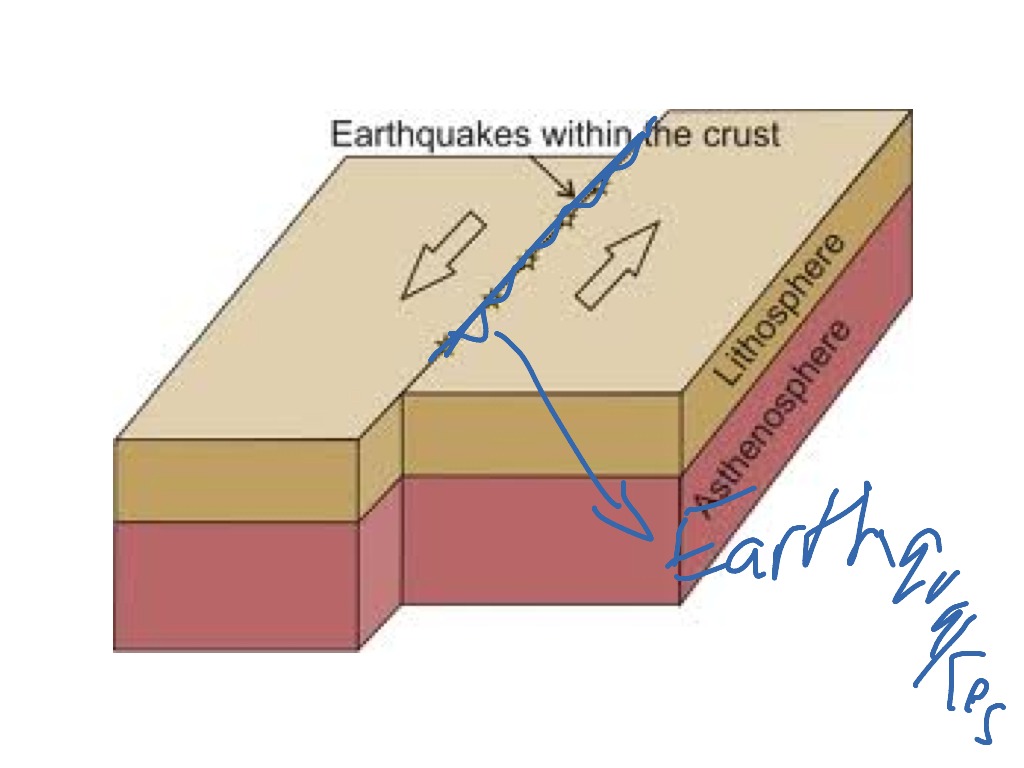
Earthquake scaling relations for mid-ocean ridge transform faults. Washington, DC: Geodynamics Series, 203–218īoettcher M S, Jordan T H. Plate tectonics and earthquake potential of spreading ridges and oceanic transform faults. Geophysical Research Letters, 29(24): 2207, doi: īird P, Kagan Y Y, Jackson D D. Evidence for weak oceanic transform faults. Mechanism for generating the anomalous uplift of oceanic core complexes: Atlantis Bank, Southwest Indian Ridge. Individual transform faults also exhibit significant anomalies owing to the complex local tectonic and magmatic processes.īaines A G, Cheadle M J, Dick H J B, et al. (5) The maximum magnitude of the transform earthquakes increases with age offset owing to an increase in the seismogenic area.

(4) Statistically, the average transform valley is wider at a transform system of larger age offset, reflecting thicker deforming plates flanking the transform fault. In contrast, the nodal high, is most prominent in the fast, intermediate, and hotspot-influenced systems, where robust axial volcanic ridges extend toward the ridge-transform intersection. (3) The nodal basin at a ridge-transform intersection is deeper and dominant at the ultraslow and slow systems, possibly reflecting a lower magma supply and stronger viscous resistance to mantle upwelling near a colder transform wall. However, the average depth difference between the transform valley and adjacent ridges is relatively constant from the fast to slow systems. (2) The average depth of both the transform valley and adjacent ridges are smaller in the fast compared to the slow systems, reflecting possibly density anomalies associated with warmer mantle at the fast systems and rifting at the slow ridges.
#Transform plate boundary full#
(1) The average age offset of both the full transform and transform sub-segments decrease with increasing spreading rate. The plates of the Earth's crust are constantly moving at about the same speed as your fingernails grow, so the map of the world will continue to change, but just very, very, very slowly.We quantified the systematic variations in global transform fault morphology, revealing a first-order dependence on the spreading rate. These are known as Transform Faults.Īs the plates scrape past each other, pressure builds up and is released suddenly, causing an earthquake. Plates can also move past each other, like at the San Andreas Fault in the USA, which forms the tectonic boundary between the Pacific Plate and the North American Plate. The Mid-Atlantic Ridge on the floor of the Atlantic Ocean, where the Eurasian and North American Plates are moving apart, is the perfect example of this. These are usually found under oceans.Īs the plate moves apart, magma rises to the surface and cools, forming shallow-sided volcanoes.

This is called a constructive or divergent plate boundary. Where the movements of the currents in the mantle separate, like this, plates move apart. As the Nazca Plate collides with the South American Plate, it's forced underneath it creating the ever-changing Andes Mountains. South America has a great example of a convergent plate boundary. Tall, steep volcanoes can also form as a result of the denser rock melting and the magma being forced up to the surface. The force of this collision is so great that mountains are created.Įarthquakes are very common at this type of boundary as the mountains are pushed upwards by the force of the plates' movement. When the plates collide, the denser plate, usually the oceanic one, is forced underneath the continental plate. This is called a destructive or convergent plate boundary. Where the movement of currents and the mantle converge, like this, plates are pushed together.

These plates can be oceanic, meaning they're found mainly under the ocean, or continental, and mainly found under land.Īnd they are moved around, constantly fuelled by energy from the very hot mantle below.
#Transform plate boundary cracked#
If Earth was the size of an egg, the Earth's crust would be as thin as the eggshell.Īnd like an eggshell, the crust has cracked and split into many different pieces called tectonic plates. The mantle is made up of magma, or molten rock.Īnd the crust is this layer of solid rock that we live on. The outer core is also made of iron and nickel but in liquid form. The solid inner core is made of iron and nickel and is as hot as the surface of the sun. Earth is divided into four layers: the inner core, the outer core, the mantle and the crust.


 0 kommentar(er)
0 kommentar(er)
